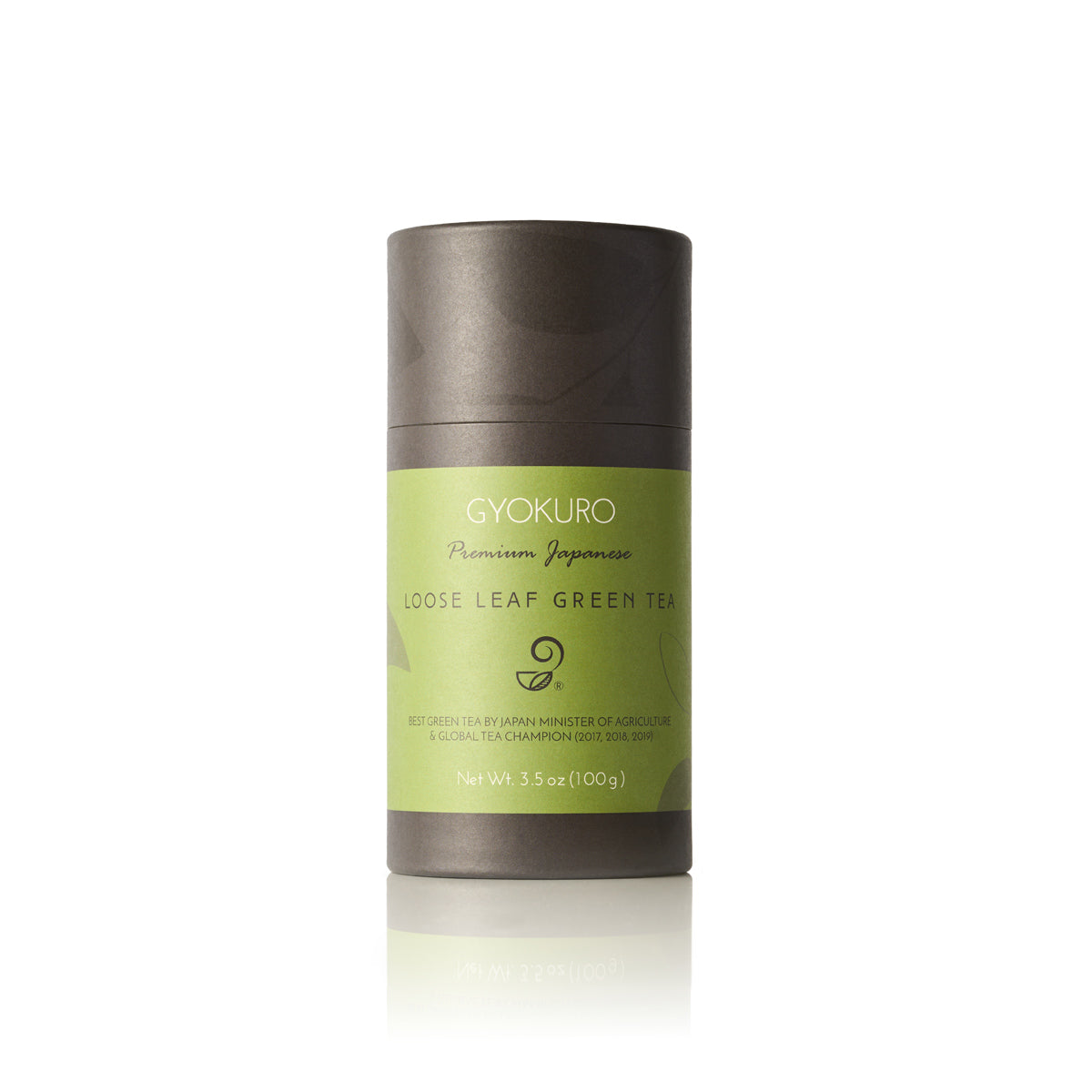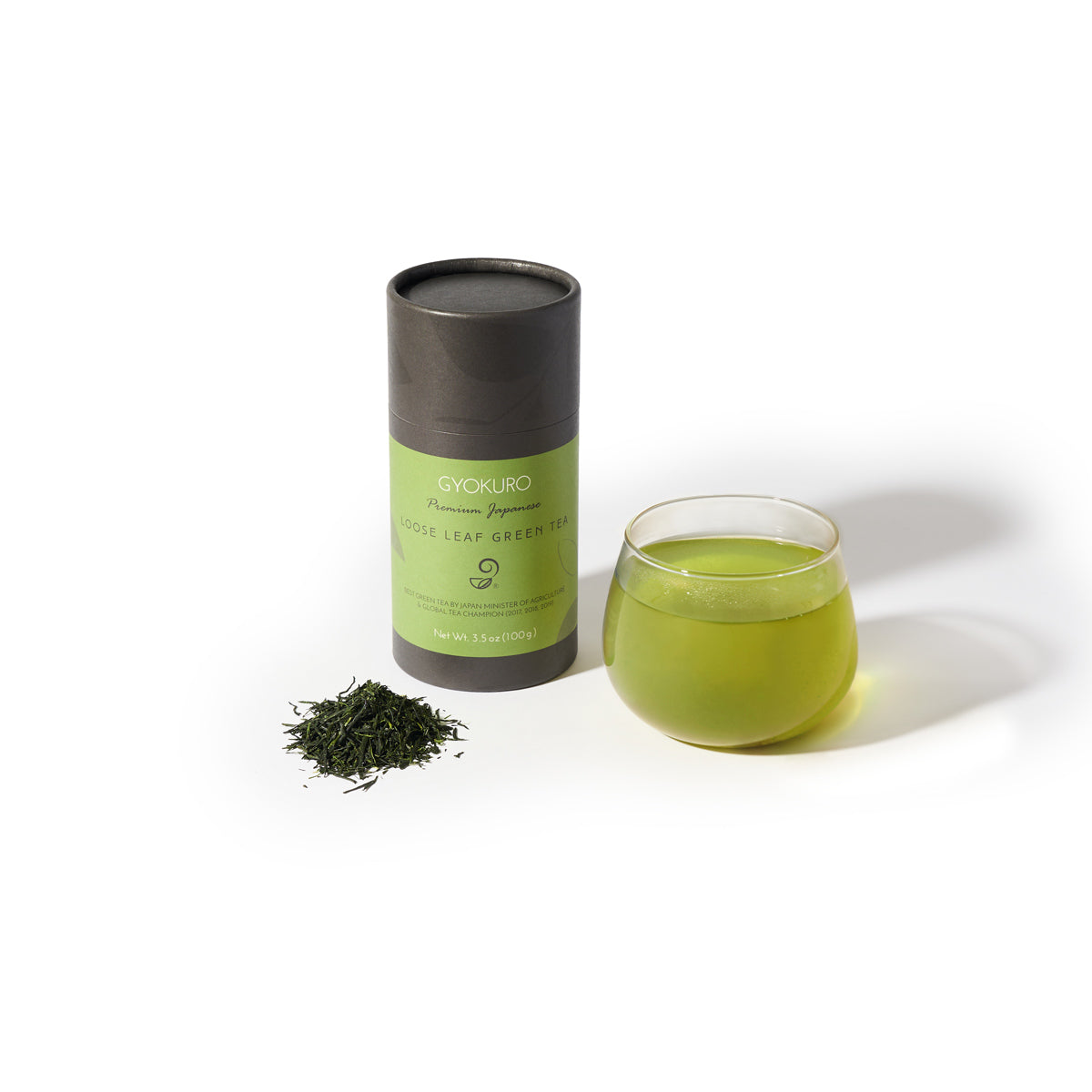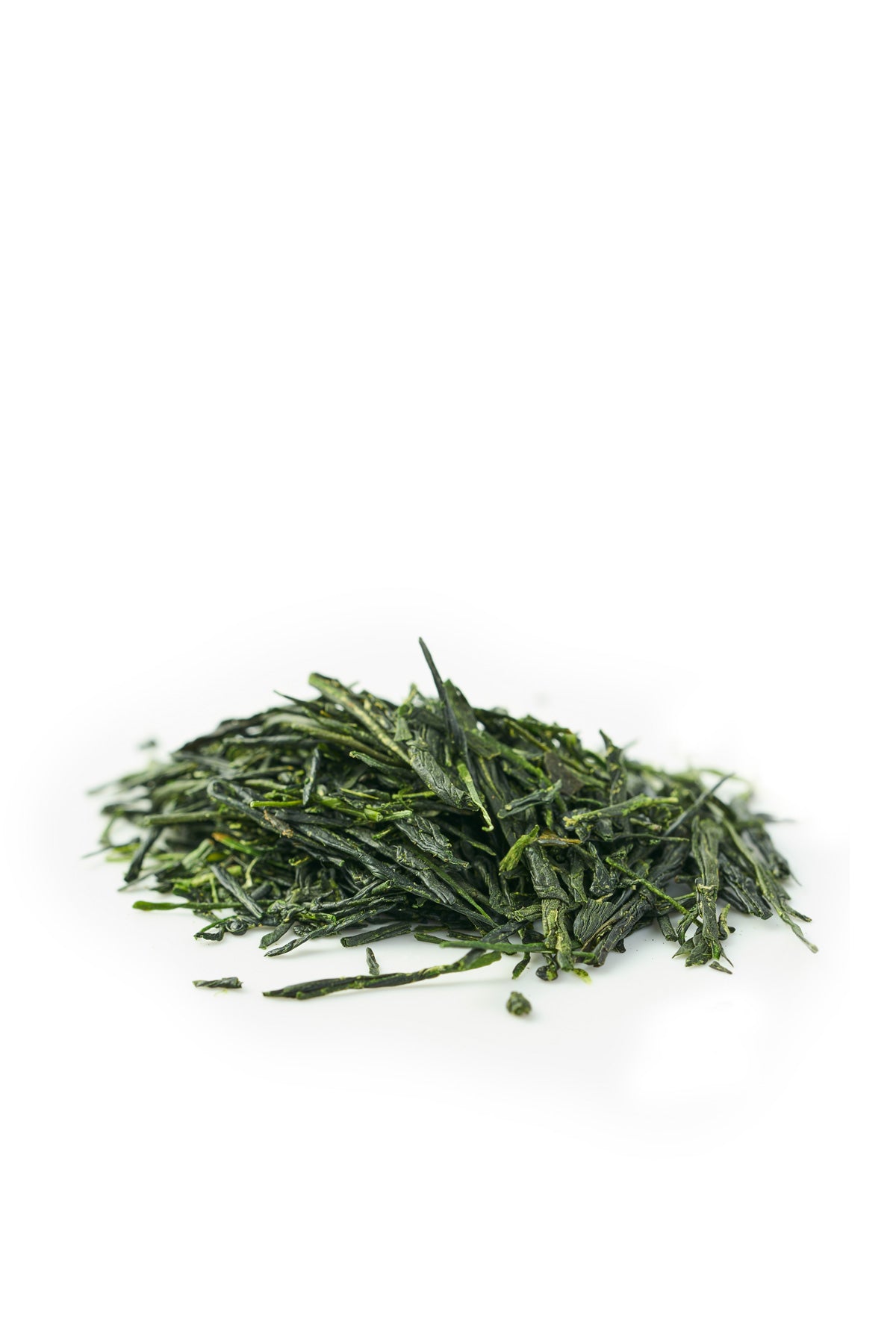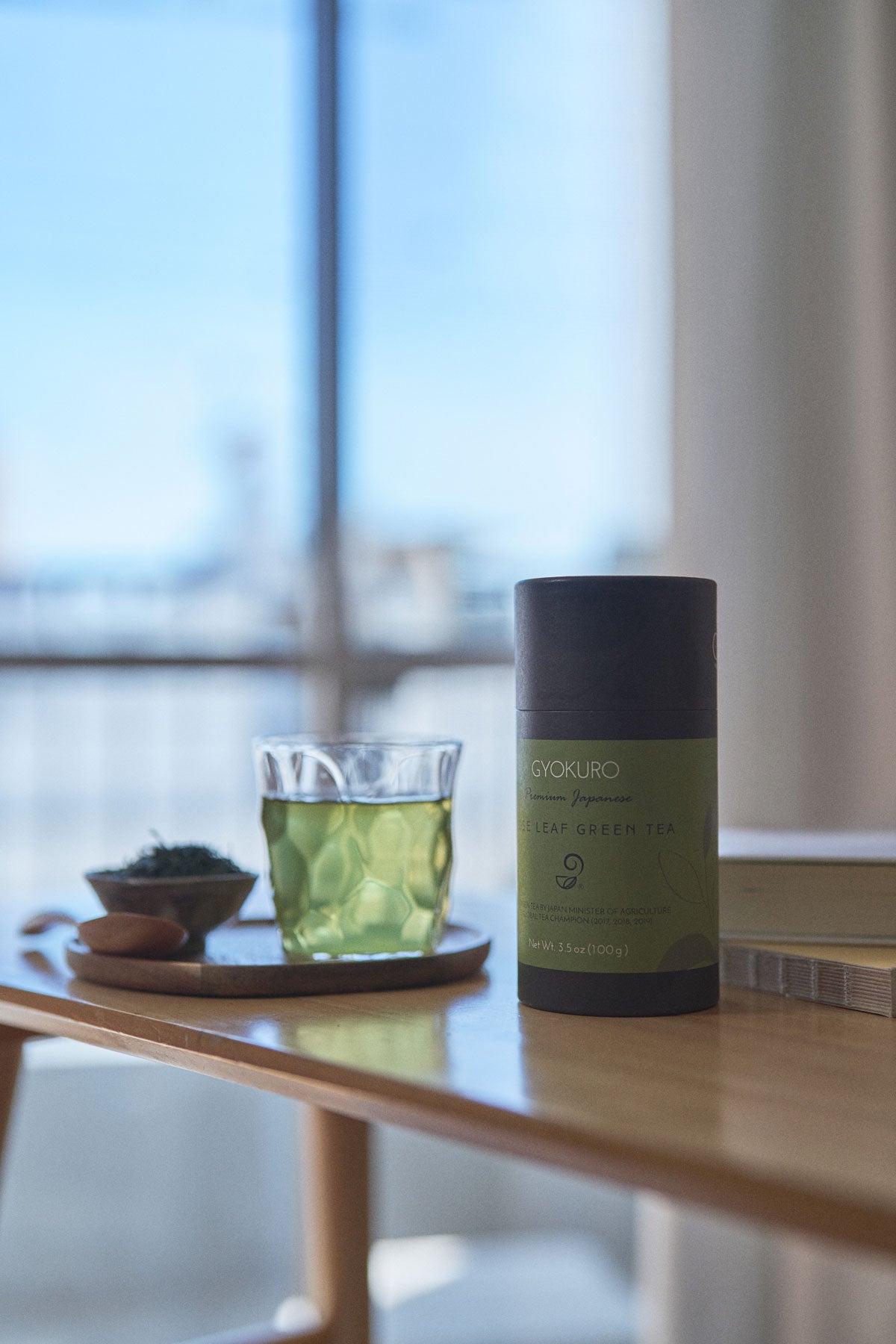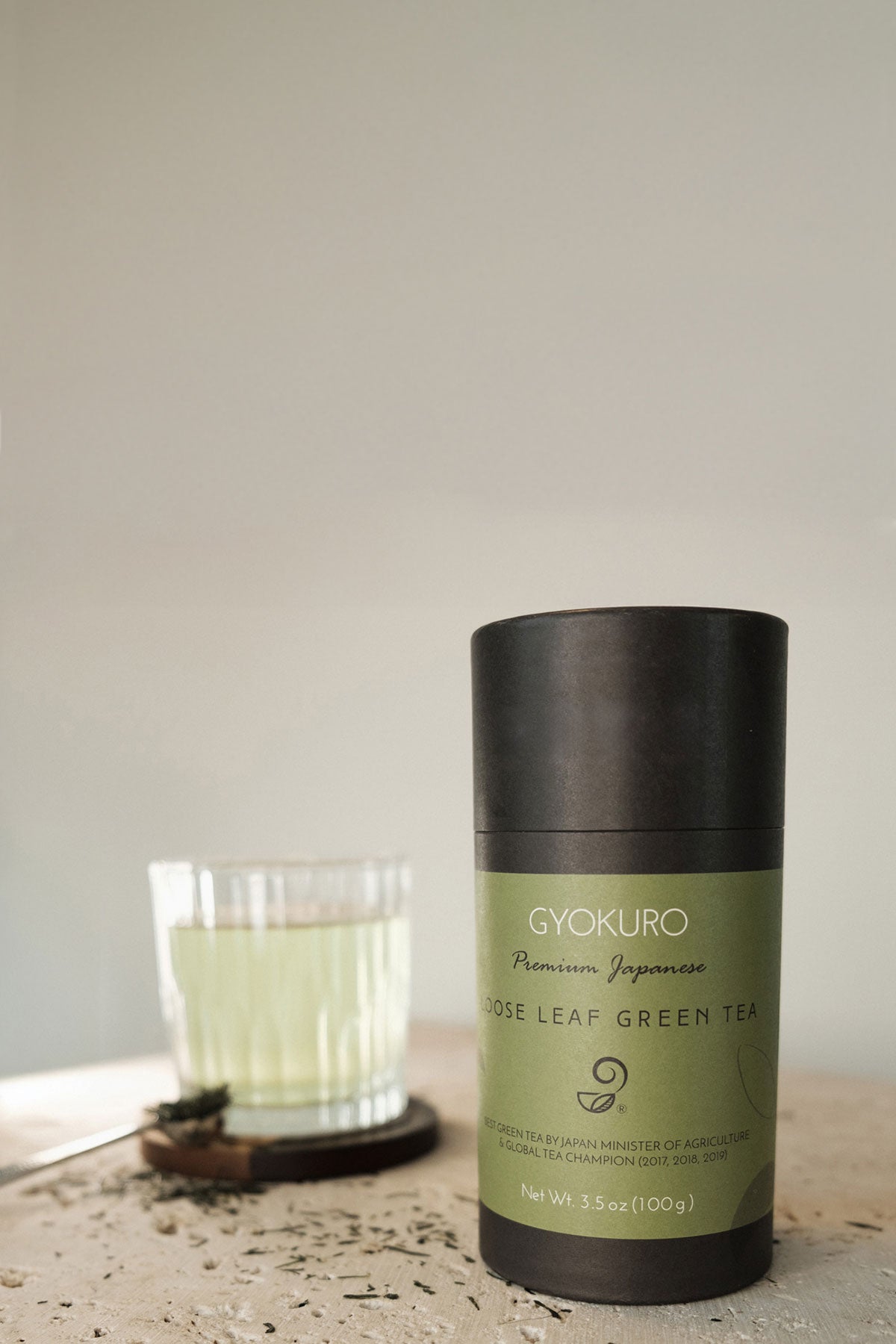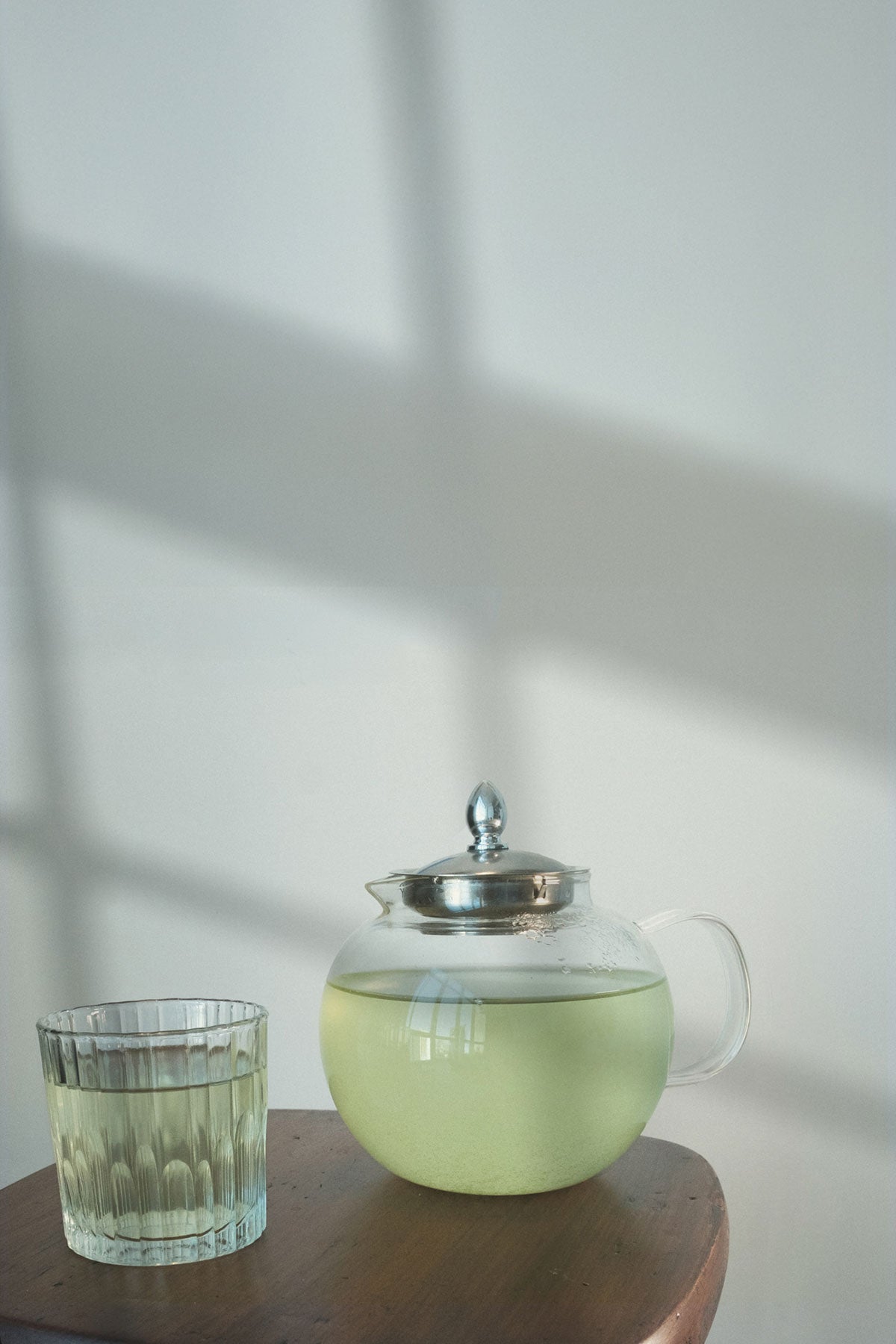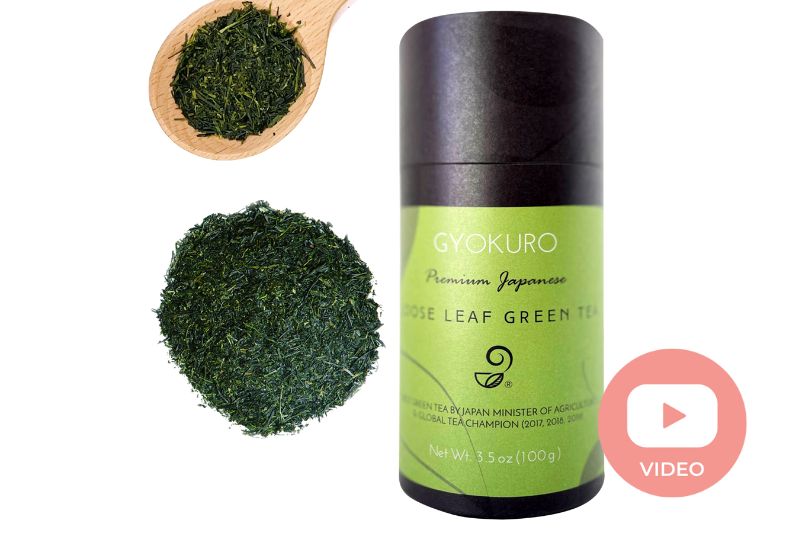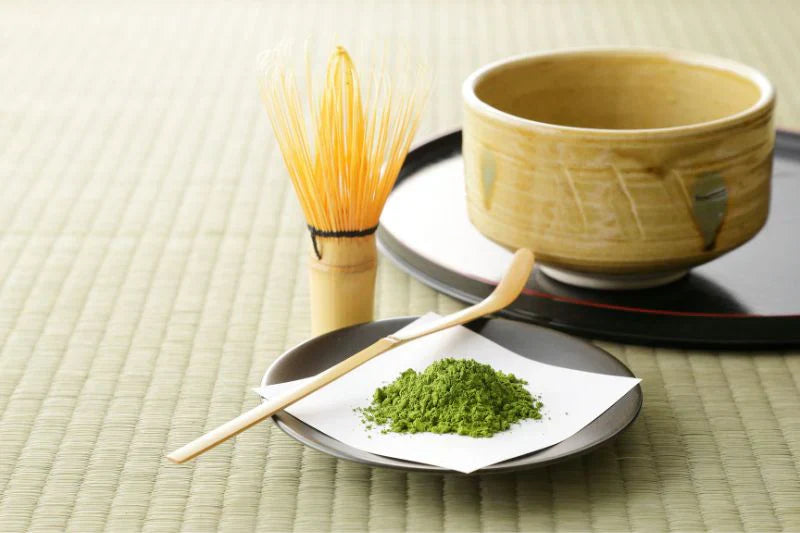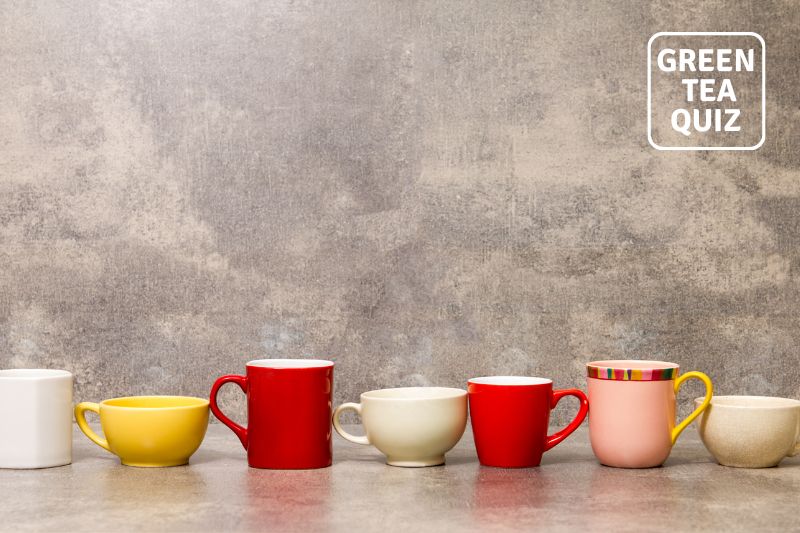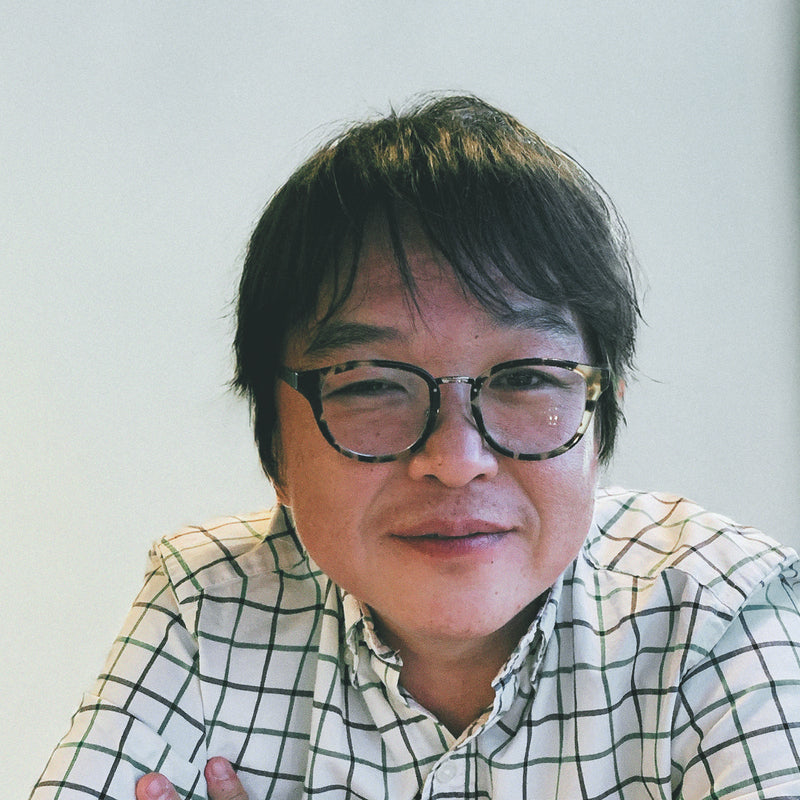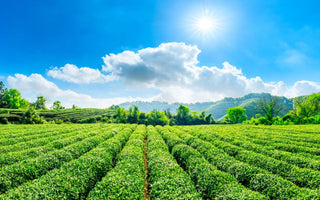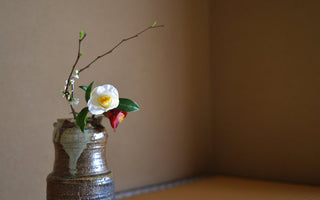Everyone is looking to get healthy while still enjoying interesting foods and drinks. This is one of the reasons why green tea and its many variations have grown in popularity these days. One type of tea that is made of green tea leaves that has recently begun to gain more notice is the Gyokuro tea. It is considered to be the most luxurious and, therefore, expensive tea, making it highly coveted among aficionados. Whether you know about this tea type or whether you are brand new to it, we have some of the most surprising facts about Gyokuro (玉露茶).

- This kind of tea was discovered in 1835 and has been gaining popularity ever since. It has only recently, however, come into the public eye enough to be included in cancer research studies and other health studies.
- Unlike many other mainstream teas that focus solely on flavor or caffeine content, Gyokuro stands out for its complex cultivation process and distinctive chemical profile. Grown under shade for several weeks before harvesting, the tea leaves develop a unique concentration of amino acids, particularly L-theanine, which not only enhances the flavor but also contributes to its calming effects. This fusion of taste and wellness has positioned Gyokuro as more than just a luxury—it's now seen as a bridge between ancient tradition and modern health-conscious living.
- In 1835, tea merchant Kahei Yamamoto VI accidentally created a new type of tea. The family that he stayed with had covered their tea plants to protect them from frost. He took the leaves, rolled them up into small balls, and found that he liked the taste when they were brewed. This was the beginning of Gyokuro tea. He sold the new tea under the name "Bead of Dew." Now known as Gyokuro.
- Gyokuro (玉露) translates to "jewel/jade dew," which refers to the pale green tint it gets when infused. It is an appropriate name for this tea, which produces a wonderfully rich green color.
- The Gyokuro plant is shaded from the sun for 20 days with specially made straw mats, which allow the caffeine levels to increase in the leaves as well as the amino acids to get stronger, producing a sweeter and stronger flavor. Because of the cultivation process, the leaves have a very particular odor that is impossible to confuse.
- The shading process also reduces the production of catechins, the compounds responsible for bitterness in green tea, resulting in a smoother and more umami-rich flavor profile.
- Gyokuro leaves are typically rolled into needle-like shapes after steaming, a technique that helps preserve the nutrients and enhances the ceremonial elegance when the tea is steeped.
Since the leaves are covered for such a long period of time throughout the cultivation process, the tea leaves are dark, creating a dark tea that is almost mossy green. Its richness in color translates to a richness in taste as well, with layers of flavors that never overpower one another.
This deep hue is also a visual indicator of the tea's concentrated nutrients, particularly chlorophyll and amino acids, which flourish under the shaded growing conditions. When brewed, the resulting liquor offers a visually striking contrast—pale and luminous in the cup, yet carrying an unexpected depth in aroma and taste. This elegant balance between appearance and flavor is part of what makes Gyokuro such a sensory and ceremonial experience for tea enthusiasts.
- The sweetness of Gyokuro tea is one of the reasons people love it so much. It has a rich, multi-layered flavor that is unlike any other kind of green tea.
- It has powerful antioxidants that can boost your immune system. This tea can also help speed up your metabolism, which is one of the reasons why lots of people add it to their diet plans. Since it also boosts your energy levels, it can be a great substitute for coffee and one that does not stain your teeth or cause other issues like coffee can.
- It can fight free radicals, meaning that it can help prevent cancer. People who add it to their diets regularly have seen a decrease in their likelihood of developing cancer, as seen in the study published in "Cancer Research" in 2006. Most green teas are known for their ability to combat free radicals, but Gyokuro is the one with the strongest evidence proving it.
- It is a tea that is very healthy for the heart. It reduces the fatty buildups in the arteries that can cause heart disease of all types. For people with a history of heart issues, it can be a great idea to turn to Gyokuro tea.
- Hepatitis is another disease that can be combated with this tea since it helps stimulate the liver. It can also work as a shield for the liver against toxic substances like alcohol.
- Gyokuro also helps combat diabetes. It can maintain blood glucose levels at the correct levels, preventing issues with this disease. This can be a great thing to keep in mind if your family has a history of diabetes and you want to do what you can to stop it from developing in your own body.
- When you first begin drinking this tea, you may experience some insomnia. This is because of the high caffeine levels that the cultivation process produces. Most people see this symptom resolve quickly once the body becomes used to the tea.
- Gyokuro is a surprising way to keep your mouth and teeth strong. Because of its high fluoride and mineral content, it can prevent tooth decay and mouth infections from developing. It can also help keep your teeth strong and looking white. If you have issues with bad breath, then this tea can also help. It can reduce bacteria in the mouth, which, in turn, reduces bad breath.
- Although Gyokuro tea bags have come onto the market, it can be a good idea to use the leaves. With the leaves, you know you are getting the full flavor without any chemicals or extra processing.
- This kind of tea is one of the most expensive green teas you can buy. This is because of the long cultivation process and the delicacy of the plants. It is well worth the cost, however, which is why it has slowly become more and more popular.
- Although some companies are starting to sell this tea in the United States, most of the options you will have are Japanese. It is another reason why the cost of the product is so high since it needs to be shipped directly from Japan.
- Gyokuro is not the best option for children. It is because it has a high caffeine content that can cause product agitation. If this is a concern, be sure to speak with your child's doctor before giving them tea that is this strong.
- This tea is steeped at a much lower temperature than other teas. That is why it is important to have a preheated teapot so that when you transfer the water, it remains hot. Steeping at a low temperature for a longer period of time allows the flavors to grow.
- When searching for an online place to buy Gyokuro tea, be sure to do a lot of research. You want to see images of the products, and you want to ensure that you are getting authentic tea. Look for information on where the company gets the tea from, which will usually be Japan.
- This tea can have different flavors from one strain to the next. You will find different blends if you buy online, so do not expect them all to taste exactly the same.
- Gyokuro contains L-theanine, an amino acid that promotes relaxation and mental clarity without causing drowsiness—making it an excellent tea for focused work or study.
- The combination of caffeine and L-theanine creates a calm, alert state, often described as “zen energy,” which sets Gyokuro apart from the jittery energy boost of coffee.
- Regular consumption of Gyokuro may aid in reducing inflammation, which is linked to chronic conditions like arthritis, obesity, and certain autoimmune disorders.
- The chlorophyll concentration in Gyokuro not only contributes to its dark green color but also supports natural detoxification by binding to and flushing out heavy metals from the body.
- Gyokuro is often recommended as part of intermittent fasting or cleansing routines due to its appetite-suppressing and metabolism-enhancing qualities.
- Its low bitterness and deep umami profile make it suitable even for those who generally dislike the grassy taste of other green teas.
- The tea is often used in Japanese tea ceremonies and high-end tastings, showcasing its cultural significance and role in traditional wellness rituals.
- Some connoisseurs even eat the steeped leaves after brewing, sprinkling them with a touch of soy sauce as a savory, nutrient-dense snack.
- Storing Gyokuro properly—in airtight, light-proof containers in a cool place—is essential to preserve its delicate flavor and health properties over time.
- Gyokuro pairs well with light Japanese cuisine, such as sashimi, tofu, or steamed vegetables, allowing both the tea and food to complement each other’s umami notes.
What makes Gyokuro stand out?
Gyokuro is unique for several reasons. Most green tea comes from the same plant, Camellia sinensis, and gyokuro is no different. However, gyokuro has a distinct dark green look. It is noticeably darker than sencha, for example.
For approximately three weeks or more before plucking, tea plants are covered to prevent the vast majority of sunlight from reaching their leaves. Blocking the sunlight changes the biochemical composition of the plants. Theanine moves from the root to the stem and leaves of the plant. Catechins normally neutralize the bitterness that comes from theanine via sunlight; however, in gyokuro, the theanine remains with its subsequent bitterness. Blocking the sunshine also produces dimethyl sulfite, which cements the smell of seaweed found in gyokuro.
Lastly, gyokuro's color, as noted above, is particularly dark. It is because chlorophyll, which is normally limited by sunlight, is allowed to flourish as the tea plants are shaded.
Generally speaking, you'll find major spots of gyokuro plantations in Shizuoka, Uji, or Yame, south of Fukuoka, on Japan's southern island of Kyushu. While Uji is where gyokuro started in the 19th century, there are plenty of sights in the major tea areas in Japan. 40% of Japan's gyokuro production is in Yame, Fukuoka. (See my other article, Where Different Types of Japanese Tea are Grown.)
Gyokuro holds a special place in the hearts and minds of many tea lovers. It is bold in flavor, unique in design, and premium in the world of teas. Its traditional connection with the development of Japan also buttresses its name as a tea of perfection. As it continues to be grown in Kyoto and parts of Kyushu, bringing the benefits of gyokuro to you would be our joy, whether it be the numerous health benefits or the sweet flavors within.
Its exclusivity is also tied to the meticulous labor required at every stage—from canopy construction and manual harvesting to delicate steaming and rolling techniques. Each step is done with care to preserve the leaves' integrity and nutritional content. This craftsmanship not only elevates Gyokuro's status as a luxury tea but also reinforces the centuries-old cultural reverence it holds within Japanese tea tradition.
How to Brew a Perfect Cup of Gyokuro Tea?
Gyokuro Tea is the most expensive and special tea from Japan that is brewed with special care and processing. It is a tea that needs to be savored rather than quenched. That is why you need to prepare it carefully and with the right tea set. Gyokuro tea is quite challenging to brew, and to enjoy it at its fullest potential, you need the following elements:
1. High-quality tea:
Gyokuro tea is a luxury tea in Japan, but you will find many brands, from high-priced to cheap. The lower-priced tea is inferior in quality, and no matter if you have the right tea set or know the process, you cannot have the best brewing. Therefore, it is important to carefully pick the best brand and quality because you don't want to miss out on the great experience and taste.
To choose well, look for transparent details on origin (Uji, Yame, or Shizuoka), harvest (ideally ichibancha/first flush), and cultivar (e.g., Asahi, Saemidori, Okumidori). Premium Gyokuro leaves appear uniform, tight, needle-shaped, and glossy deep green with minimal stems or dust, and give off a sweet, seaweed-like aroma. Prefer nitrogen-flushed, light-proof packaging with the harvest year listed, and buy small samples from reputable vendors before committing. Store unopened packs cool and dark; once opened, keep airtight and finish promptly to preserve umami and fragrance.
2. Right-sized Teaware:
Just like Gyokuro tea is special, the teapot in which you brew it is also specially made. Although you can brew it in any teapot you have, the correct set enhances your experience to the fullest. The tea set consists of four pieces of chinaware, i.e., Hohin, Yuzamashi, and Gyokuro teacups.
Hohin (宝品 aka 方瓶) is a teapot that has a unique design and is made for brewing gyokuro tea. Unlike other teapots, it does not have a handle, so you hold it in your hand. The reason behind it is that, while preparing for tea, if the teapot is comfortably warm enough to hold in your hand, then it is at the perfect temperature for brewing tea. In this way, hohin plays the role of a teapot and thermometer.
Yuzamashi, in terms of shape, looks a lot like a regular Japanese teapot but without a lid. As gyokuro tea needs to be brewed at a specific temperature, the yuzamashi helps regulate and set the perfect temperature of the water. Therefore, with the perfect temperature, you will be able to achieve the optimal color, aroma, and flavor.
Next come the gyokuro teacups, which are much smaller than regular teacups. These are perfect sizes for gyokuro tea serving because you do not drink it like other teas. Moreover, these also come in handy when you have to cool down the temperature of the water while brewing tea.
In addition to their practical function, these traditional teaware pieces elevate the overall ritual of brewing Gyokuro, transforming it from a simple act of making tea into an art form. The tactile experience of holding the hohin, carefully cooling water in the yuzamashi, and sipping from delicate cups encourages mindfulness and appreciation, making each step part of the sensory journey that Gyokuro is meant to deliver.
3. Brewing Process:
Now that you know the importance of choosing the right set and ingredients for brewing tea, let's make it. First, you need to prepare the ingredients. Make sure you have:
- Water (heated to the boiling point)
- Gyokuro tea
- Gyokuro teaware
There are a few more things that you need to consider and carefully examine while making tea because any changes in these will affect the taste, aroma, and color. Such as tea leaf weight, water volume and temperature, and lastly, steeping time. People brew it in various ways and with different formulas, which result in variant flavors and aromas. However, the ideal procedure is that you get
- Tea leaves: 6g
- Water volume: 100cc
- Water temperature: 40 degrees
- Steeping time: 120 seconds
4. Process:
- First, you need to warm up the teapot and pour hot water into it. Hold the teapot in the water and check if it is warm enough to hold. Then pour out the water.
- You can get 40 degrees of water, or you can cool down heated water with a well-established Japanese method.
- Simply pour the water into Yuzamashi, which has a wide mouth with no lid. Also, exposing the water to the open air results in cooling down.
- If the water is taking some time to cool, then add the water in a teacup, which further lowers the temperature. In this way, you can regulate the temperature to the point you want for brewing tea.
- Add tea leaves to the teapot, add 40-degree cooled water, and cover the lid.
- Let the leaves steep in for over 120 seconds.
- Pour out the tea in gyokuro teacups and serve.
- Lastly, the rule is to savor the aroma and umami flavor with each little sip.
You can enjoy gyokuro tea three times with the same tea leaves you used in the first brewing. Just add 50 degrees of water and let it seep for 60 seconds before pouring the second brewing tea. As for the third brew, keep the leaves and the same volume, but raise the temperature to 60 degrees and the time to 120 seconds. Each time you will have a rich flavor, and especially the third time, it will surprise you with a bitter and seaweed aroma.
Conclusion
Gyokuro green tea is far more than just a beverage—it is a reflection of Japan’s deep-rooted tradition, meticulous craftsmanship, and appreciation for quality. From its careful shade-growing process to its distinct umami flavor and rich health benefits, every aspect of Gyokuro speaks to refinement and balance. Whether you are seeking a natural way to improve wellness, exploring new flavors, or simply indulging in a moment of calm, Gyokuro offers an experience unlike any other green tea.
For newcomers, enjoying Gyokuro may feel like stepping into a ritual, one that blends culture, taste, and mindfulness. It invites you to slow down, savor each sip, and embrace the harmony between flavor and health. As demand for authentic and premium teas continues to grow worldwide, Gyokuro remains a timeless choice—a jewel among teas that deserves a place in both traditional ceremonies and modern lifestyles.
Part of above article is one of the chapters in my book Green Tea Mania : 250+ Green Tea Facts, Cooking and Brewing Tips & Trivia You (Probably) Didn’t Know
This article was originally published on T-Ching where my article is featured.
Get Free Bonus Books

Sign up for free to the Green Tea Club to get advice and exclusive articles about how to choose Japanese Tea, and tips, tricks, and recipes for enjoying Japanese tea.
About the author
Kei Nishida
Author, CEO Dream of Japan
Certification: PMP, BS in Computer Science
Education: Western Washington University
Kei Nishida is a passionate Japanese green tea connoisseur, writer, and the founder and CEO of Japanese Green Tea Co., a Dream of Japan Company.
Driven by a deep desire to share the rich flavors of his homeland, he established the only company that sources premium tea grown in nutrient-rich sugarcane soil—earning multiple Global Tea Champion awards.
Expanding his mission of introducing Japan’s finest to the world, Kei pioneered the launch of the first-ever Sumiyaki charcoal-roasted coffee through Japanese Coffee Co. He also brought the artistry of traditional Japanese craftsmanship to the global market by making katana-style handmade knives—crafted by a renowned katana maker—available outside Japan for the first time through Japanese Knife Co.
Kei’s journey continues as he uncovers and shares Japan’s hidden treasures with the world.
Learn more about Kei
